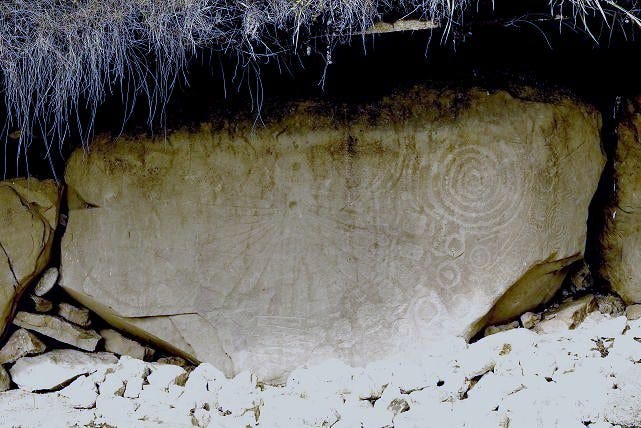Member-only story
Bid to solve mystery of swan glyph found on kerbstone at 5,500-year-old Irish passage mound
Discovery at Knowth links the Boyne Valley to ‘swan and sunrise’ winter solstice motifs found in ancient cultures worldwide

Irish-American writer and journalist Ben Gagnon made an extraordinary discovery about Ireland’s distant past while working on a new book.
Earlier this year, Ben, from Cambridge, Massachusetts, whose forebears lived in the south-west of Ireland, was reviewing some photographs he’d taken at the prehistoric passage mound at Knowth in Co Meath.
Knowth and its neighbouring mounds of Newgrange and Dowth — the ancient ‘cathedrals’ of Ireland — were built more than 5,000 years ago, making them older than England’s Stonehenge. Built by farming peoples, the mounds, or passage tombs as they are also called, have clear astronomical alignments, for example, to the winter solstice sunrise.

The Knowth mound is notable for the 124 surviving kerbstones around its base. And on one of these that Ben had photographed, he noticed a horizontal stain running just below…
